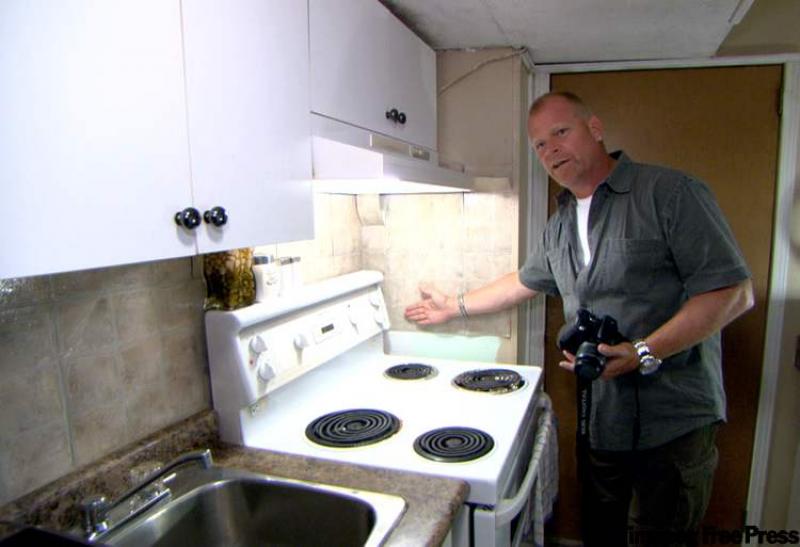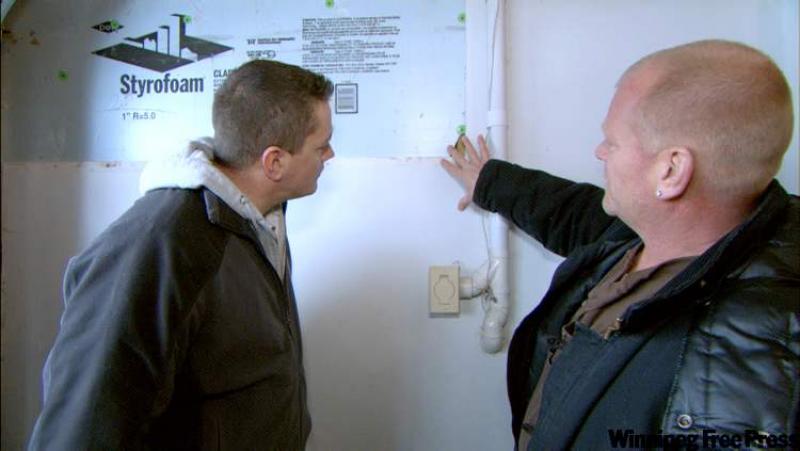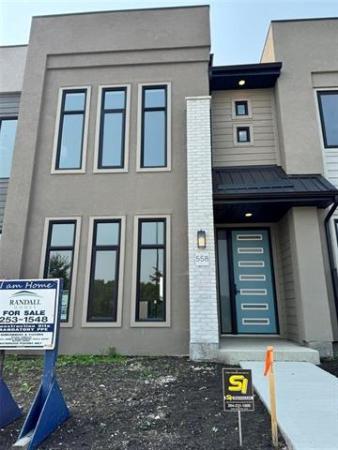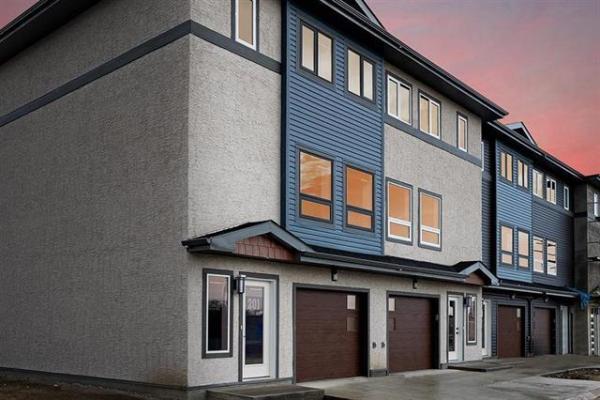
Does it make sense to invest in quality?
What does quality mean when it comes to a renovation project? Simply put, it comes down to taking the right building materials and using proper methods and skill to turn those materials into a renovation that not only looks good but lasts a long time too. Sounds easy.
But so much effort goes into finding the right contractors and skilled tradesmen to do the right job that the other part of the equation is often overlooked -- and that's finding and using quality materials.
What's that you say? The contractor takes care of that? Most homeowners assume the contractor will purchase the materials needed to get the job done. They'll head to the local big-box supplier and bill you for it later. Nothing to consider, right?
The truth is suppliers sell a range of products of varying quality and prices. At the bottom end of that spectrum, they tailor to customers whose top priority is cheap, cheap, cheap. Take paint, for example. Why is it that one brand is twice as expensive as the other? White paint is white paint, right?
The best answer is to ask a professional painter who has experience with all the different brands. They'll tell you about adhesion, ease of use, application times (because time is money), getting a good bead to paint a clean edge and durability. Any professional painter will have a preference, and it's rarely the bargain brand. Why? Because painting with the cheap stuff means you'll need to paint again in two years' time.
Going back to my initial question, a quality renovation looks good and lasts. The end result and look of a renovation depends on your contractor's skill, but its longevity depends on the quality of the materials used.
This is why the consumer needs to be better informed. When it comes to building supplies, not all are created equal. And when it comes to building-material suppliers, most offer everything from top-quality products right down to the cheap stuff. It's now up to consumers to decide how much they're willing to invest on building materials. Do you go for a more expensive product that claims to be of better quality, or do you make the cheaper choice?
The answer depends on who the consumer is. For DIYers, most are going for the cheapest-priced item because they're trying to renovate for the least amount of money. I get it. It's hard to keep in mind the long-term results and improved performance of the mid- to high-priced products when you're trying to renovate on a budget. In some cases, people can't afford to put off a renovation a few months to save up for better products.
For contractors buying building supplies and materials on behalf of clients, many will choose cheaper products because they're trying to maximize their profit margins. Plus, when renovations are complete, most clients don't notice whether the contractor used high-quality, more expensive products or cheaper ones. In most cases, the finished renovation will look the same, whether a contractor uses cheap products or more expensive products.
So if you can't see a difference in the final result, why should we care if cheaper products and materials are used over better-quality products? If you can't see the difference, isn't the cheaper choice the better choice?
The answer depends on whether you care about longevity. Sure, a finished renovation done with cheaper products looks just as good now as one done with higher-quality products. But within five years, you'll be able to see a difference -- both in the way it looks and in the way it performs. The question then becomes, how long do you want your renovation to go on looking good and performing well? Less than five years? Or do you want your investment to last considerably longer?
Higher-quality (and higher-priced) materials have added features, such as moisture and mould inhibitors. Extra steps are also taken in their manufacturing process to achieve higher durability, making them more resistant to wear and tear. Side by side on the shelf in the store, the two products look identical except for the price tag. But I can tell you the same two products used under the same conditions will not look the same five years later.
It all comes down to how you as a consumer want to invest in your renovation. In this world, where cheap is king and the products we buy are meant to be disposable, it's hard to get away from the bargain trap. It's even harder when the decisions are being made for you by contractors, or when higher-end materials are harder to come by because suppliers and manufacturers believe there's no consumer demand for them.
Bottom-line, you need to do your research on the products you're considering for your next renovation project and then talk with your contractor during the budgeting process. Find out if there are alternatives that deserve consideration to increase the longevity of the work, and have the budget adjusted to include those products.
Make sure you get what you pay for. Most homeowners are interested in a renovation that will not only look good the day it's finished but also in decades to come.
Personally, I always think it's best to slow down, plan and save for a renovation you know will be done right the first time, using quality products you know will last. Yes, we live in a consumer world where everything is disposable, but do you want your house to be too?
Don't settle for the cheapest option available when your home deserves better.
-- Postmedia News
Catch Mike in his new series, Holmes Inspection, airing Thursdays at 8 p.m. ET/PT on HGTV. For more information, visit www.hgtv.ca. For more information on home renovations, visit makeitright.ca




